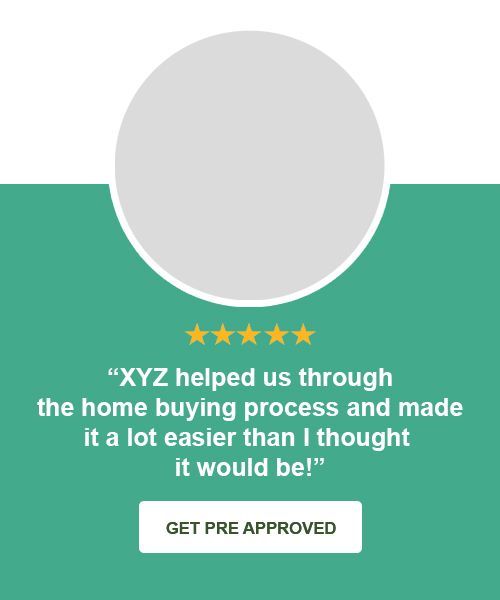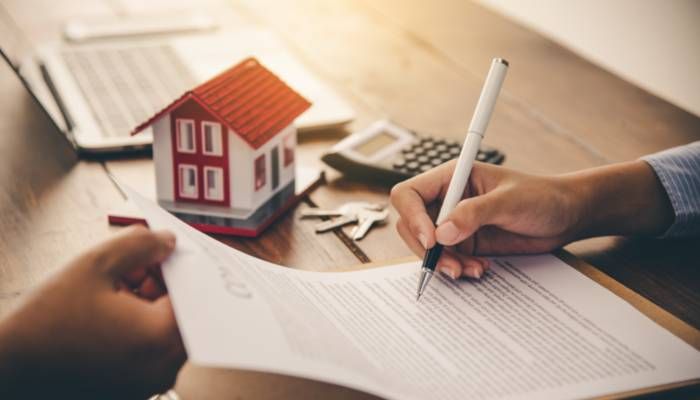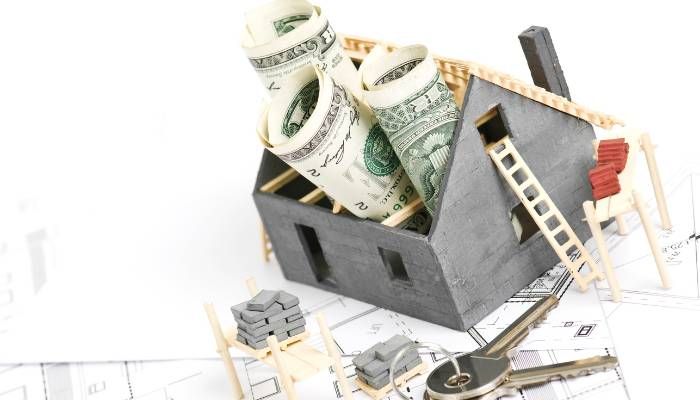
Quick Tips and Wins To Saving For The Down Payment On Your Next Home
Jump To
Purchasing a home is a major financial milestone, and saving for a down payment is an important step in the process. A down payment is a sum of money that is paid upfront when taking out a mortgage to buy a home.
The amount of the down payment can vary, but it is typically a percentage of the home’s purchase price. In general, the larger the down payment, the lower the loan amount and the lower the monthly mortgage payment will be. Saving for a down payment can be a challenging task, but it is an important step in achieving the goal of homeownership.
Here are some tips to help you save for a down payment on a home loan.
Determine how much you need to save
The first step in saving for a down payment is to determine how much you need to save. The amount you need to save will depend on the cost of the home you want to purchase, the minimum down payment required by your lender, and any additional closing costs or fees.
To calculate the cost of the home you want to purchase, consider the price of homes in the area you want to live, as well as any additional expenses such as closing costs, which can range from 2-5% of the purchase price. Next, determine the minimum down payment required by your lender. This will vary depending on the type of mortgage you are obtaining and your credit score. For example, a conventional loan typically requires a down payment of at least 3% of the purchase price, while an FHA loan may require as little as 3.5%. Finally, calculate any additional closing costs or fees, such as mortgage points, appraisal fees, and title insurance, which can add several thousand dollars to the total cost of the home.
Create a budget while saving
Once you know how much you need to save for a down payment, the next step is to create a budget. A budget is a plan that outlines your income and expenses and helps you understand how much money you have available to save each month. To create a budget, start by identifying your income sources and all of your fixed expenses, such as rent or mortgage payments, car payments, and insurance premiums.
The most common reoccurring payments most households will need to create a budget for are the following:
- Housing: Rent or mortgage payments, property taxes, homeowners insurance
- Utilities: Electricity, gas, water, internet, phone
- Transportation: Car payments, gas, public transportation costs, car insurance
- Food: Groceries, dining out, coffee and snacks
- Personal expenses: Clothing, personal care items, entertainment
- Savings: Contributions to a dedicated down payment savings account
- Debts: Credit card payments, student loan payments, personal loans
- Insurance: Health insurance, life insurance, disability insurance
- Taxes: Federal, state, and local income taxes, as well as any self-employment taxes if applicable
- Retirement: Contributions to a 401(k) or IRA\
When deciding what percentage of your total monthly income should go into each bucket from the above experts recommend following the 50/30/20 budget rule, which suggests allocating 50% of your income for necessary expenses, 30% for discretionary expenses, and 20% for savings and debt repayment.
Under this budget rule, necessary expenses would include items such as housing, utilities, transportation, food, and insurance, while discretionary expenses would include items such as clothing, entertainment, and dining out. Savings and debt repayment would include contributions to a down payment savings account and payments on any debts, such as credit card balances or student loans.
Setting savings goals
Once you have a budget in place, it’s time to set savings goals. Break down your overall savings goal into smaller, achievable milestones, such as saving a certain amount each month or reaching a certain total by a certain date. This will help you stay motivated and on track. To make saving easier, consider setting up automatic transfers to a dedicated savings account each month. This way, you won’t have to remember to transfer money manually and you’ll be less likely to spend it.
Here are a few tips and ideas for saving money on a daily basis:
- Shop around: Don’t be afraid to negotiate prices or shop around for the best deals on goods and services.
- Cut unnecessary expenses: Look for areas where you can cut back on spending, such as dining out, subscription services, or entertainment.
- Plan ahead: Buy items in bulk when they are on sale or use coupons to save money on groceries and other purchases.
- Use cash: Consider using cash instead of credit cards to help you stick to your budget and avoid overspending.
- Save on utilities: Turn off lights and appliances when not in use, use energy-efficient light bulbs, and shop around for the best rates on utilities.
- Reduce debt: Pay off high-interest debt as soon as possible to reduce the amount of money you are paying in interest.
- Sell items you no longer need: Consider selling items you no longer use or need to generate extra income.
- Find free or low-cost activities: Look for free or low-cost entertainment options, such as going for a hike or attending a local event.
Consider alternative sources of funding for your home’s down payment
In addition to saving from your income, there are other sources of funding that may be available to help you save for a down payment. Research down payment assistance programs offered by federal, state, and local government agencies, as well as non-profit organizations. These programs may offer grants, low-interest loans, or other forms of assistance to help you cover the down payment.
Another option is to use a personal loan or home equity loan to cover the down payment. These types of loans may have lower interest rates than credit cards, and the interest may be tax-deductible if the loan is used for home improvement. However, it’s important to carefully consider the terms of any loan before borrowing, as taking on additional debt can impact your ability to qualify for a mortgage and may increase your overall debt burden.
Be mindful of unexpected costs when purchasing a home
Most first time home buyers are shocked when they buy a new home and incur extra expenses they weren’t planning for. Most real estate agents and loan officers fail to mention the possibilities of these additional costs so it’s important to self educate and be aware of them through the entire home buying process
Some of those expenses are:
- Home inspection costs: A home inspection is a professional evaluation of the condition of a home and can cost several hundred dollars.
- Repairs: The home inspection may reveal the need for repairs, which can be costly depending on the extent of the work required.
- Closing costs: Closing costs are fees associated with the purchase of a home and can range from 2-5% of the purchase price. These costs may include fees for a mortgage application, appraisal, title search, and other services.
- Moving costs: The cost of moving can vary depending on the distance you are moving and the amount of belongings you have, but it can be several thousand dollars.
- Homeowners insurance: Homeowners insurance is required to protect your home and possessions from damage or loss, and the cost can vary depending on the location and value of your home.
- Property taxes: Property taxes are fees paid to the government to fund local services and can vary depending on the location and value of your home.
- Homeowners association fees: If you are purchasing a home in a planned community, you may be required to pay homeowners association (HOA) fees, which cover the cost of maintaining common areas and amenities.
Stay on track
Saving for a down payment can be a long-term process, so it’s important to stay on track and regularly review your budget and goals. Consider using a budgeting app or software to help you track your progress and make adjustments as needed. You can also enlist the help of a financial planner or advisor to provide guidance and support along the way.
Final thoughts
Saving for a down payment on a home loan is a crucial step in the process of purchasing a home. By determining how much you need to save, creating a budget, setting savings goals, and considering alternative sources of funding, you can work towards your goal of homeownership. Remember to stay on track and review your progress regularly to ensure you are on track to reach your goal. The effort and sacrifice required to save for a down payment will be worth it when you finally achieve the dream of homeownership.
Get A Pre-Approval Today!

Home Mortgage Calculator


Leave a Reply